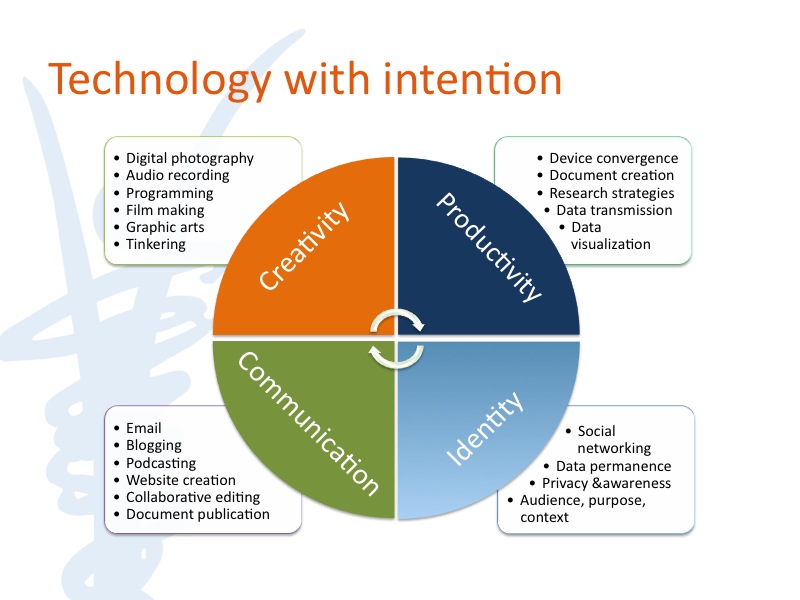Facebook has just released a video that elevates their advertising platform to the ultimate goal of technology: to connect us, give us a sense of belonging, and make us more human. What is the price we pay for this desire to find a tribe?
For years now, my first class has been a discussion on the definition of technology. We use this word everyday but many of us can only give examples, not a concise explanation. Technology is:
An object or invention created conciously by animal or human, changing the nature of something to make work more efficient or simplify life.
– 6th grade class in 2010
Technology is the use of new knowledge to improve our lives by solving problems or making us more productive.
– 5th grade class in 2011
Though my students have different answers year-to-year, we always focus on technology as a means of productivity, creativity, communication and identity.

We then jump immediately into the unintended consequences of technology – a conversation that illuminates our increased reliance on energy, on technology, and our loss of privacy.
This new ad is a great stepping off point for middle- and high-school conversations about both technology’s goals and its impact.

